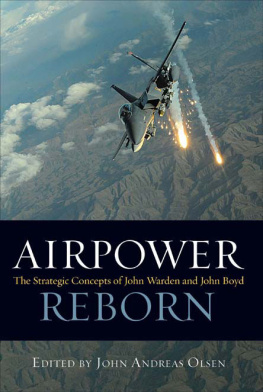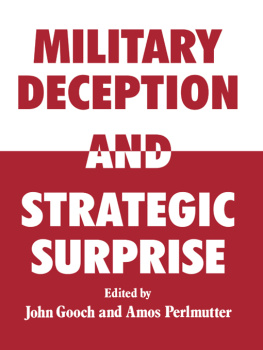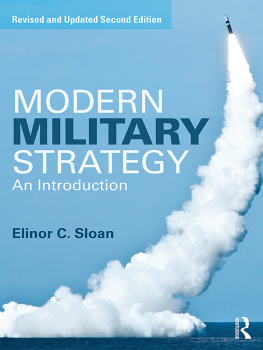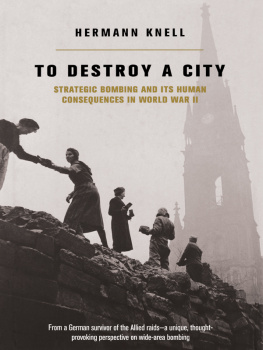
THE HISTORY OF MILITARY AVIATION SERIES
Paul J. Springer, Editor
This series is designed to explore previously ignored facets of the history of airpower. It includes a wide variety of disciplinary approaches, scholarly perspectives, and argumentative styles. Its fundamental goal is to analyze the past, present, and potential future utility of airpower and to enhance our understanding of the changing roles played by aerial assets in the formulation and execution of national military strategies. It encompasses the incredibly diverse roles played by airpower, which include but are not limited to efforts to achieve air superiority; strategic attack; intelligence, surveillance, and reconnaissance missions; airlift operations; close-air support; and more. Of course, airpower does not exist in a vacuum. There are myriad terrestrial support operations required to make airpower functional, and examinations of these missions are also a goal of this series.
In less than a century, airpower developed from flights measured in minutes to the ability to circumnavigate the globe without landing. Airpower has become the military tool of choice for rapid responses to enemy activity, the primary deterrent to aggression by peer competitors, and a key enabler to military missions on the land and sea. This series provides an opportunity to examine many of the key issues associated with its usage in the past and present, and to influence its development for the future.
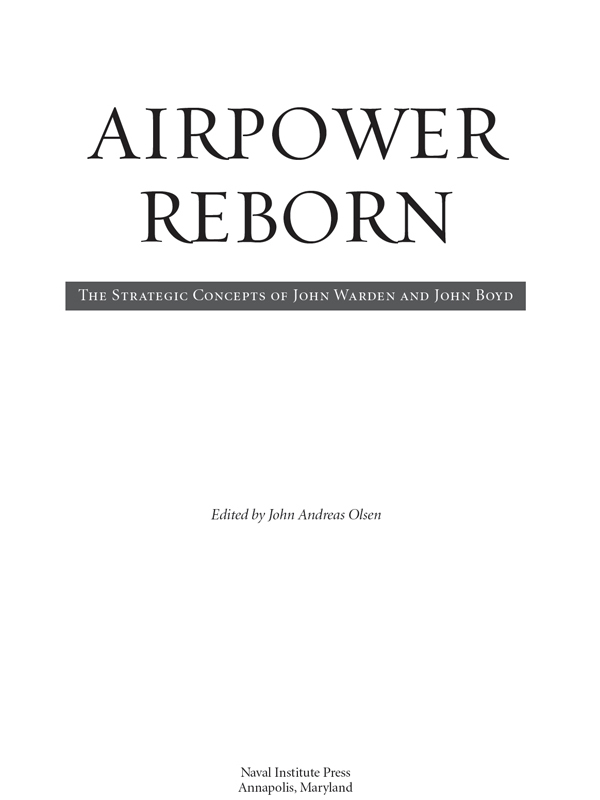

Naval Institute Press
291 Wood Road
Annapolis, MD 21402
2015 by John Andreas Olsen
All rights reserved. No part of this book may be reproduced or utilized in any form or by any means, electronic or mechanical, including photocopying and recording, or by any information storage and retrieval system, without permission in writing from the publisher.
Library of Congress Cataloging-in-Publication Data
Airpower reborn : the strategic concepts of John Warden and John Boyd / edited by John Andreas Olsen.
1 online resource. (History of military aviation series)
Includes bibliographical references and index.
Description based on print version record and CIP data provided by publisher; resource not viewed.
ISBN 978-1-61251-806-0 (epub) 1. Air power. 2. Boyd, John R., 1927-1997Influence. 3. Warden, John A., 1943- Influence. 4. Air warfare. 5. Strategy. I. Olsen, John Andreas, 1968-, editor of compilation. II. Title: Strategic concepts of John Warden and John Boyd.
UG630
358.4'03dc23
2014047702

 Print editions meet the requirements of ANSI/NISO z39.48-1992 (Permanence of Paper).
Print editions meet the requirements of ANSI/NISO z39.48-1992 (Permanence of Paper).
23 22 21 20 19 18 17 16 15 9 8 7 6 5 4 3 2 1
First printing

CONTENTS



FIGURES
TABLES


C arl von Clausewitz (17801831) and other nineteenth-century theorists defined strategy as the use of battle for the purposes of war. Strategy shaped the plan of the war, mapped out the proposed course of different campaigns that composed the war, and regulated the battles that had to be fought in each of the campaigns. In the twentieth century, Basil Liddell Hart (18951970) expanded the term beyond its purely military meaning by referring to grand strategy rather than the Clausewitzian military strategy. Liddell Hart suggested that strategy should instead be defined as the art of distributing and applying military means to fulfil the ends of policy in which the role of grand strategyhigher strategyis to coordinate and direct all the resources of a nation, or band of nations, towards the attainment of the political objective of the warthe goal defined by fundamental policy.
Since then, many have attempted to make the definition even more comprehensive. Alan Stephens asserts that strategy, in its most generic sense, should be defined simply as the art of winning by purposely matching ends, ways, and means. Such a definition is both classic and modern and serves as a useful starting point for contemporary strategic thought because it encompasses the pursuit of strategic-level effects through a logical and coherent matching of the factors that produce those effects. It demands that decision makers identify what they mean by victory, and then ensure that their desired end-state objective is realistic, clearly specified, and consistent with political objectives. The ways chosen to pursue those ends must be feasible, and the available means must be suitable and sustainable.
Modern airpower can offer political and military leaders more and better options, provided the underlying strategy links the application of airpower directly to the end-state objectives rather than limiting it to the battle. Mastering such strategic thought lies at the heart of the military profession, but it requires in-depth knowledge and understanding of theory, strategy, and airpower, and it transcends traditional metrics.
This book, Airpower Reborn, builds on earlier theories to offer a conceptual approach to warfare that emphasizes airpowers unique capability to achieve strategic-level systemic paralysis rather than tactical-level destruction and attrition of the adversarys ground forces. The five chapters stress the often unappreciated and unrecognized contribution of airpower to conflict resolution, both as an independent force and as an enabler for other instruments of power. Ultimately, the essays in this book acknowledge the essential role of advanced technology in improving airpower capabilities, but they emphasize that air services must cultivate the intellectual acumen of both officers and enlisted personnel and encourage them to think conceptually and strategically about the application of aerospace power. In short, the authors of this volume look beyond the land-centric, battlefield-oriented paradigm that has continued to dominate military theories and strategies long after airpower had offered new options.
I am grateful to my coauthors, all of whom are leading theorists on the subject of airpower as well as outstanding scholars, colleagues, and friends. They have advocated and promoted the significance of airpower and strategy over many years and have helped to educate the new generation of air strategists. I greatly appreciate their willingness to revisit, refine, and extend their previous work to inform a wider audience.
Next page
